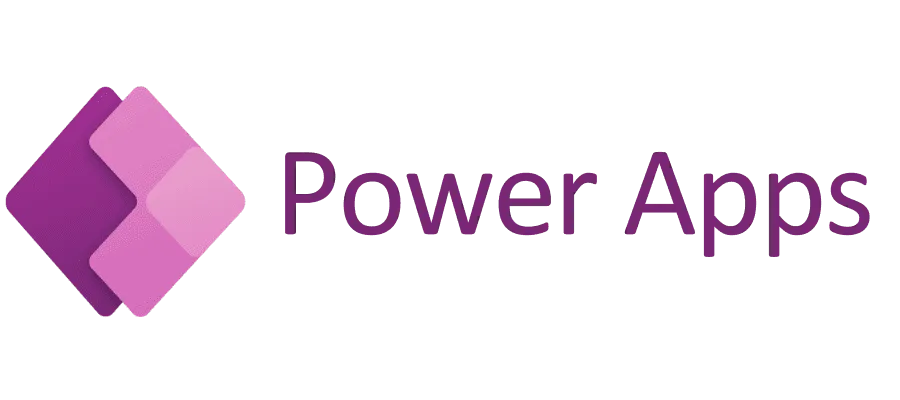
Jmix vs MS Power Apps:
A comprehensive comparison of two development platforms
Features

Open-source
Yes
No
Features
Comprehensive
Limited
Learning Curve
Moderate
Easy
Documentation
Good
Good
Commercial Support
Yes
Yes
Scalability
High
Medium
Deployment
On-premise
Cloud
Hybrid
Cloud
Hybrid
On-premise
Cloud
Cloud
Industry Focus
No
Yes
Security and Compliance
Meets the requirements of a variety of industry regulations
Meets the requirements of a variety of industry regulations
Community
Active
Active
Customization and Flexibility
Highly customizable
Limited customization
Vendor Independence
No vendor lock-in
Vendor lock-in
Advanced Data Handling
Advanced features
Basic features
License Costs
Economical
Higher cost
Integration Ease
Seamless integration
Less flexible integration
10 Things Jmix Can Do vs MS Power Apps
- Jmix is an open-source platform, giving developers complete control to modify and extend its capabilities without restrictions. This openness fosters innovation and allows businesses to fully tailor their applications. In contrast, MS Power Apps is a proprietary platform, limiting flexibility and customization options.01Open-source
- Jmix provides a comprehensive set of features designed to meet complex business needs, from advanced data handling to robust security measures. MS Power Apps offers more limited features, which may be sufficient for simpler applications but might fall short for more demanding projects.02Comprehensive Features
- Jmix is built for high scalability, allowing your applications to grow alongside your business without performance bottlenecks. Whether you’re handling increased user loads or expanding your application’s functionality, Jmix scales effectively. MS Power Apps, on the other hand, offers medium scalability, which may limit growth as your needs become more complex.03Scalability
- Jmix supports a variety of deployment options, including on-premise, cloud, and hybrid environments. This flexibility allows businesses to choose the deployment strategy that best suits their needs. MS Power Apps also supports on-premise and cloud deployment but lacks the same level of flexibility that Jmix offers.04Flexible Deployment Options
- Jmix includes advanced data handling capabilities out of the box, making it ideal for businesses with complex data needs. In comparison, MS Power Apps provides more basic data handling features, which might require additional tools or workarounds for more sophisticated data operations.05Advanced Data Handling
- Jmix is more economical, particularly for businesses that require extensive customization and scalability. It charges only for developer licenses, making it a cost-effective solution without hidden fees. MS Power Apps, with its medium to high cost, may become expensive as your needs grow, especially when considering additional licensing and integration costs.06Cost Efficiency
- Jmix excels in seamless integration with popular business applications, ensuring that it fits smoothly into your existing workflows. MS Power Apps also offers integrations, but with less flexibility, which might require additional effort to align with other systems.07Integration Ease
- Jmix offers high levels of customization, allowing developers to adapt the platform to specific business needs without limitations. This is particularly beneficial for complex applications requiring tailored solutions. MS Power Apps, however, provides limited customization options, which may restrict the ability to create highly specialized.08Customization and Flexibility
- Jmix allows for true vendor independence, enabling you to choose any hosting option and reducing the risk of being locked into a single vendor’s ecosystem. MS Power Apps, being a proprietary platform, ties you to Microsoft’s ecosystem, limiting your flexibility and options.09Vendor Independence
- Jmix is designed with developers in mind, offering a moderate learning curve, comprehensive documentation, and active community support. This makes it easier for teams to quickly become productive and create high-quality applications. MS Power Apps, while easier for non-technical users, may not provide the same depth of customization and control that experienced developers need.10Developer-Friendly Environment
Frequently Asked Questions
MS Power Apps and Jmix are both platforms designed to facilitate the development of web and mobile applications. MS Power Apps is a low-code platform that enables users, including those with minimal technical skills, to quickly build simple applications within the Microsoft ecosystem. Jmix, on the other hand, is an open-source platform that offers comprehensive features, extensive customization, and scalability, catering to developers who need to build complex, enterprise-level applications with full control over the development process.
The best platform for rapid application development depends on your specific needs. MS Power Apps is ideal for quickly creating straightforward applications, especially for users who are already integrated into the Microsoft ecosystem and require minimal coding. However, if you need to develop more complex applications with advanced features, greater scalability, and extensive customization, Jmix is the superior choice, providing the tools and flexibility necessary for sophisticated projects.
Jmix addresses vendor lock-in by being an open-source platform, which gives you full control over your application’s source code and the freedom to choose any hosting option—on-premise, cloud, or hybrid. This reduces the risk of being tied to a single vendor's ecosystem. In contrast, MS Power Apps is a proprietary platform that is deeply integrated with the Microsoft ecosystem, which can lead to vendor lock-in, limiting your flexibility and choice of hosting and tools.
Jmix is generally more economical, particularly for businesses that require extensive customization and scalability. It charges only for developer licenses, making it a cost-effective solution with no hidden fees. MS Power Apps, while affordable for simpler applications, can become more expensive as your needs grow, especially when factoring in additional licensing, integration costs, and the limitations in customization and scalability.
























